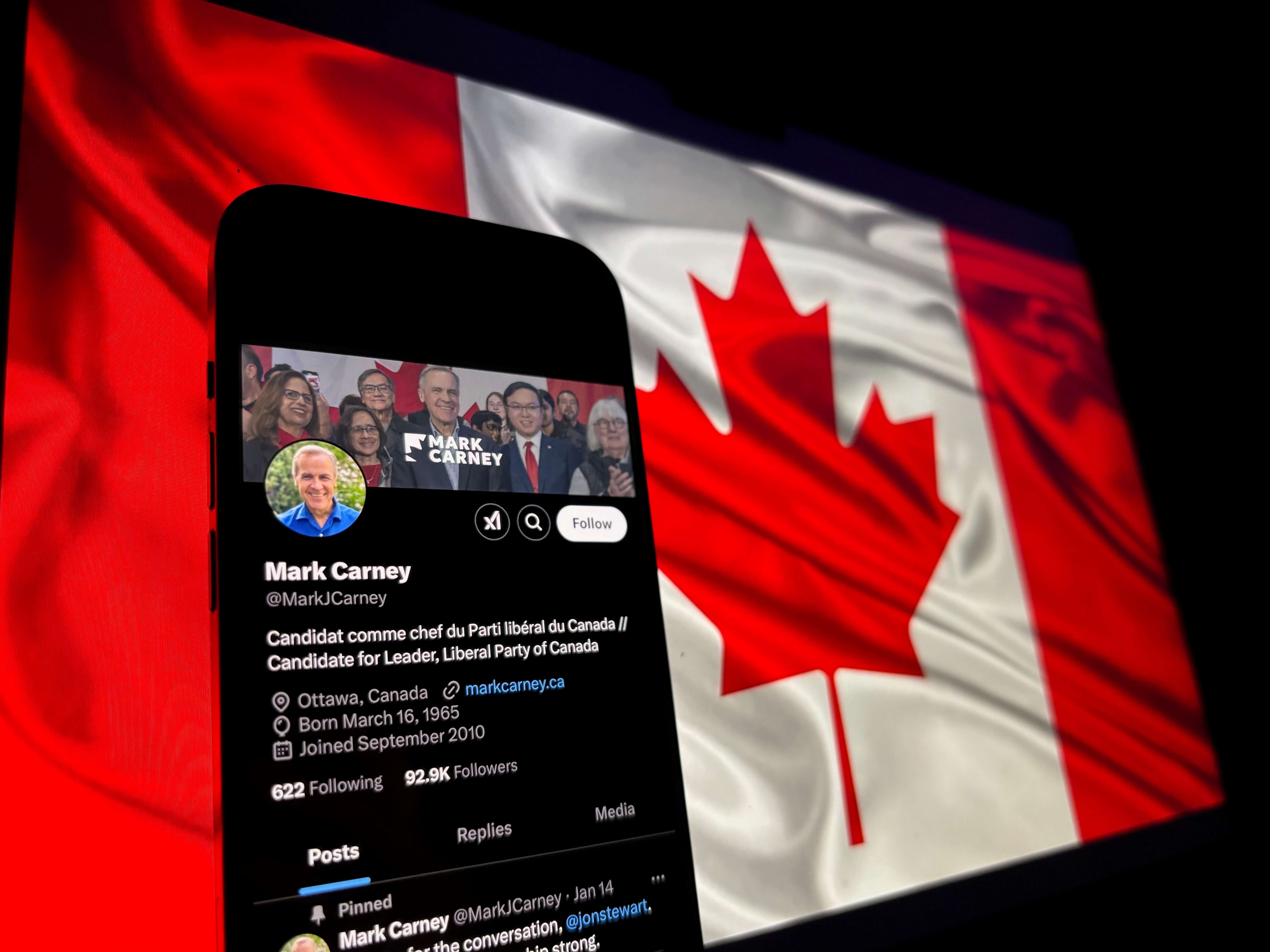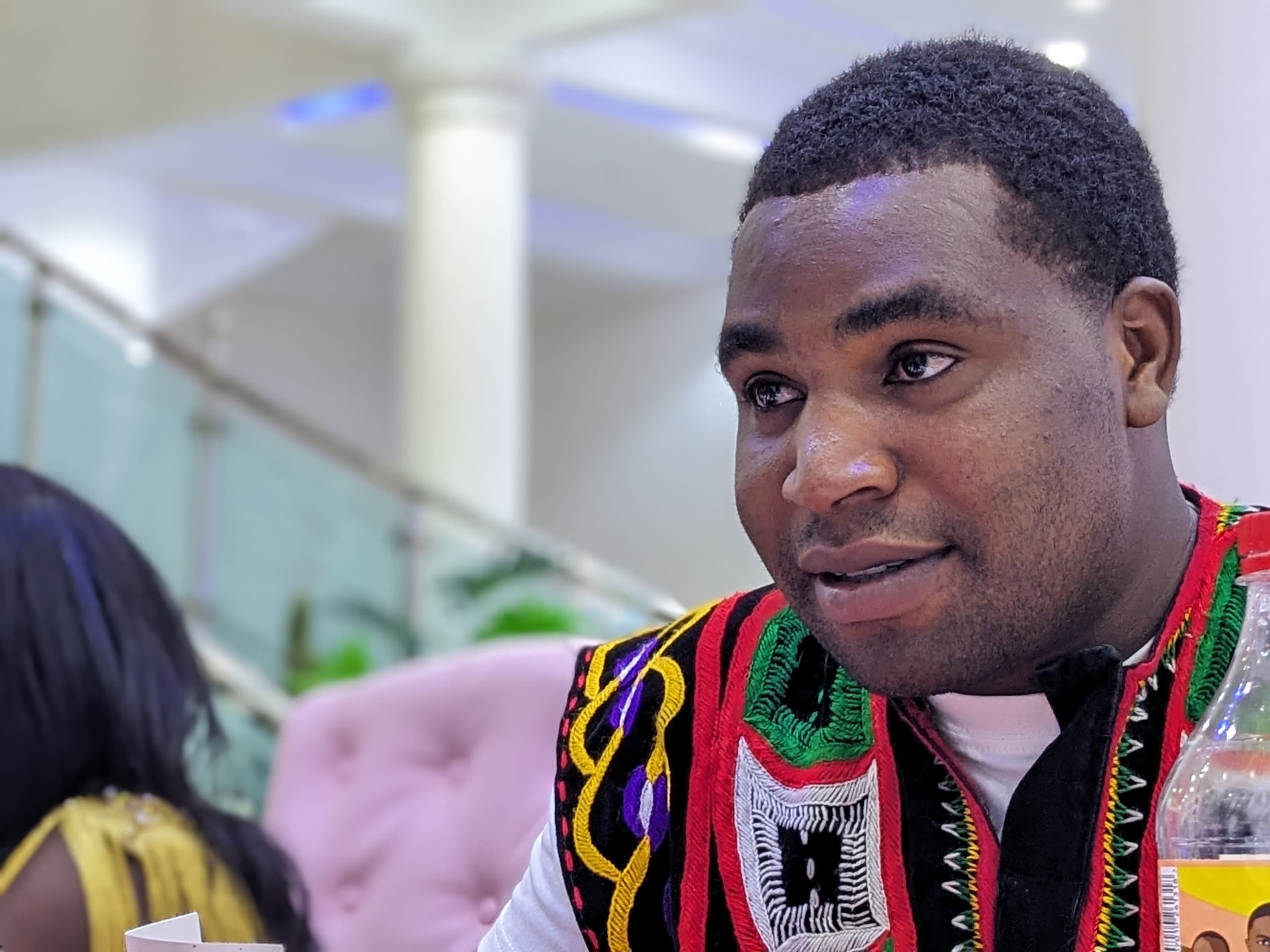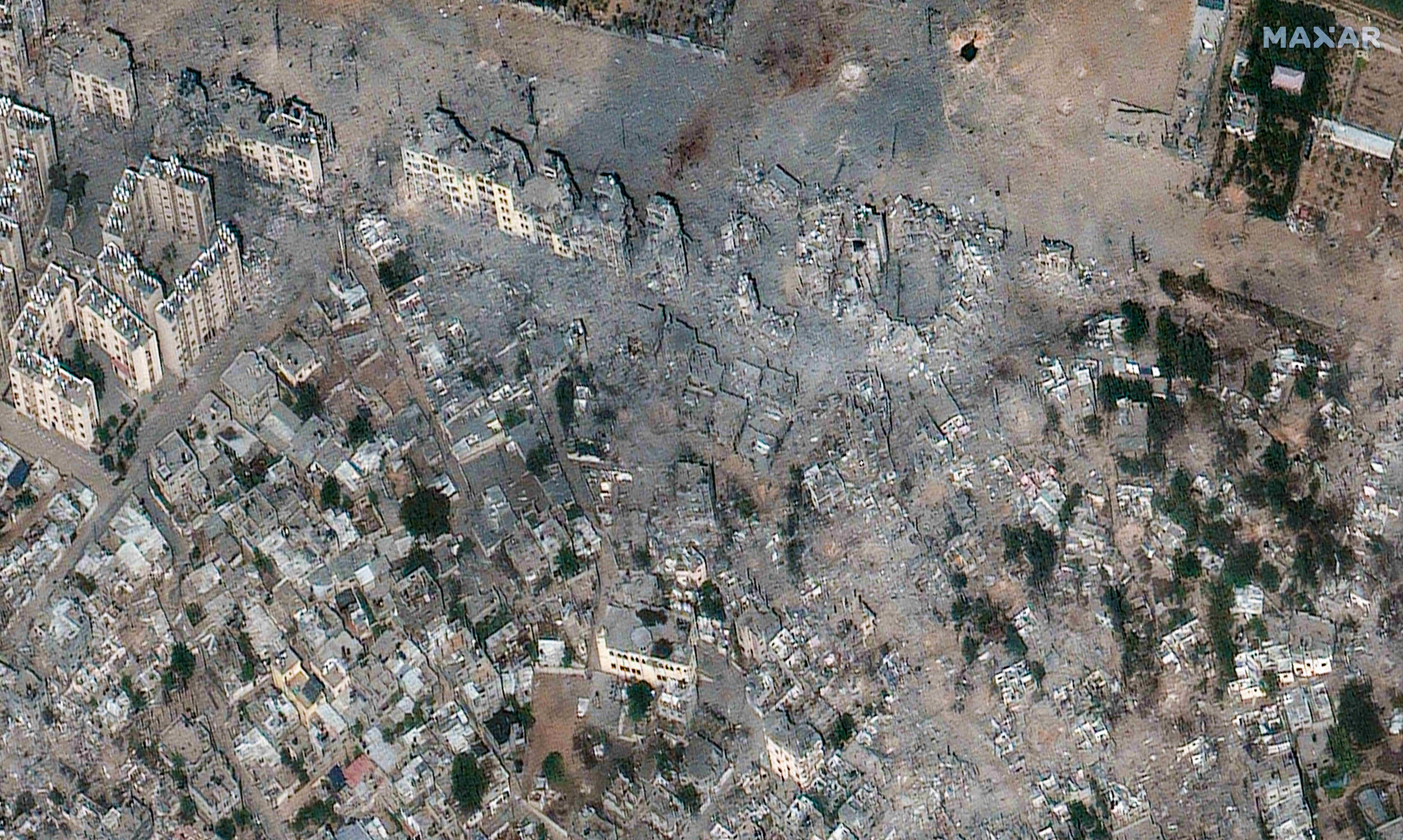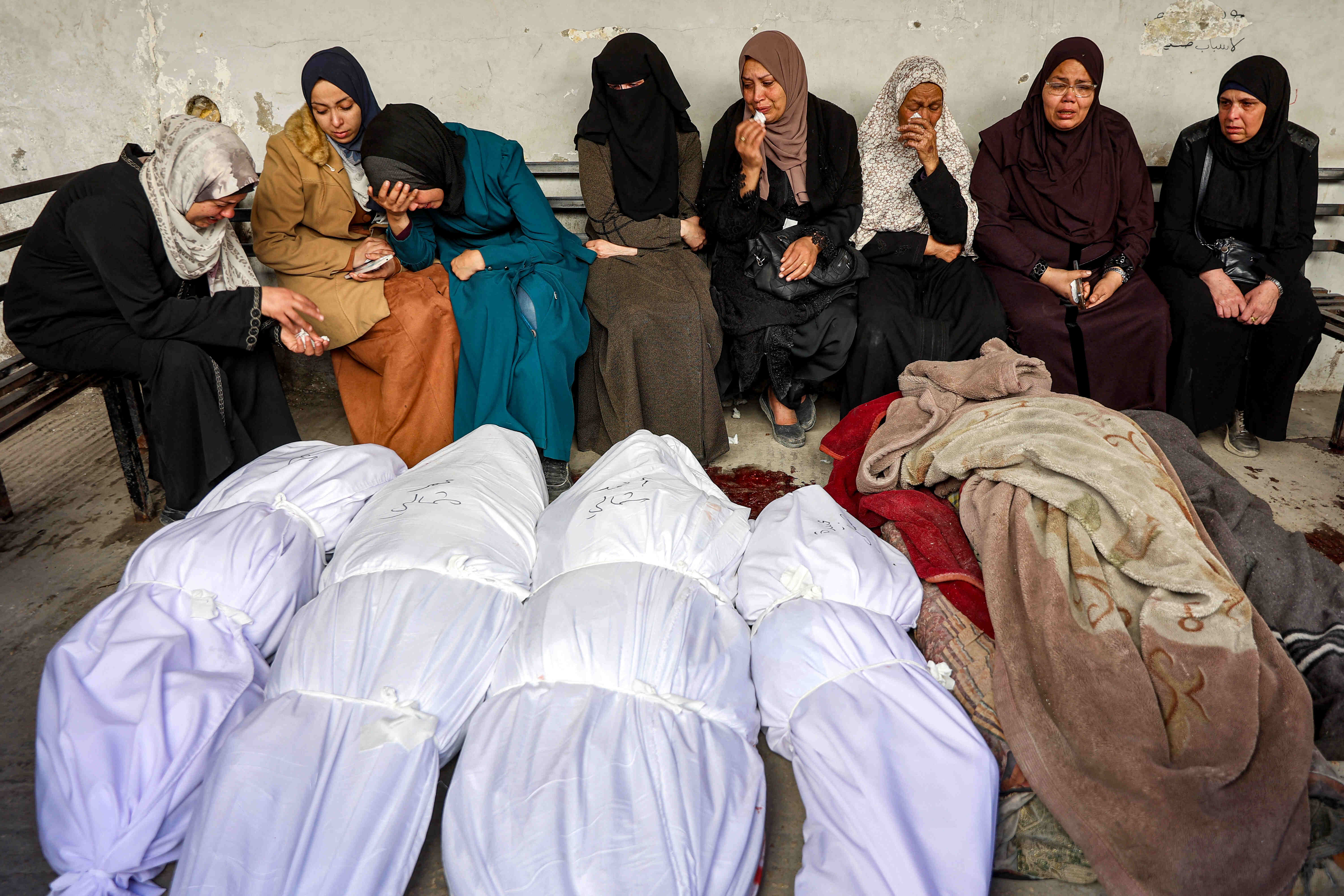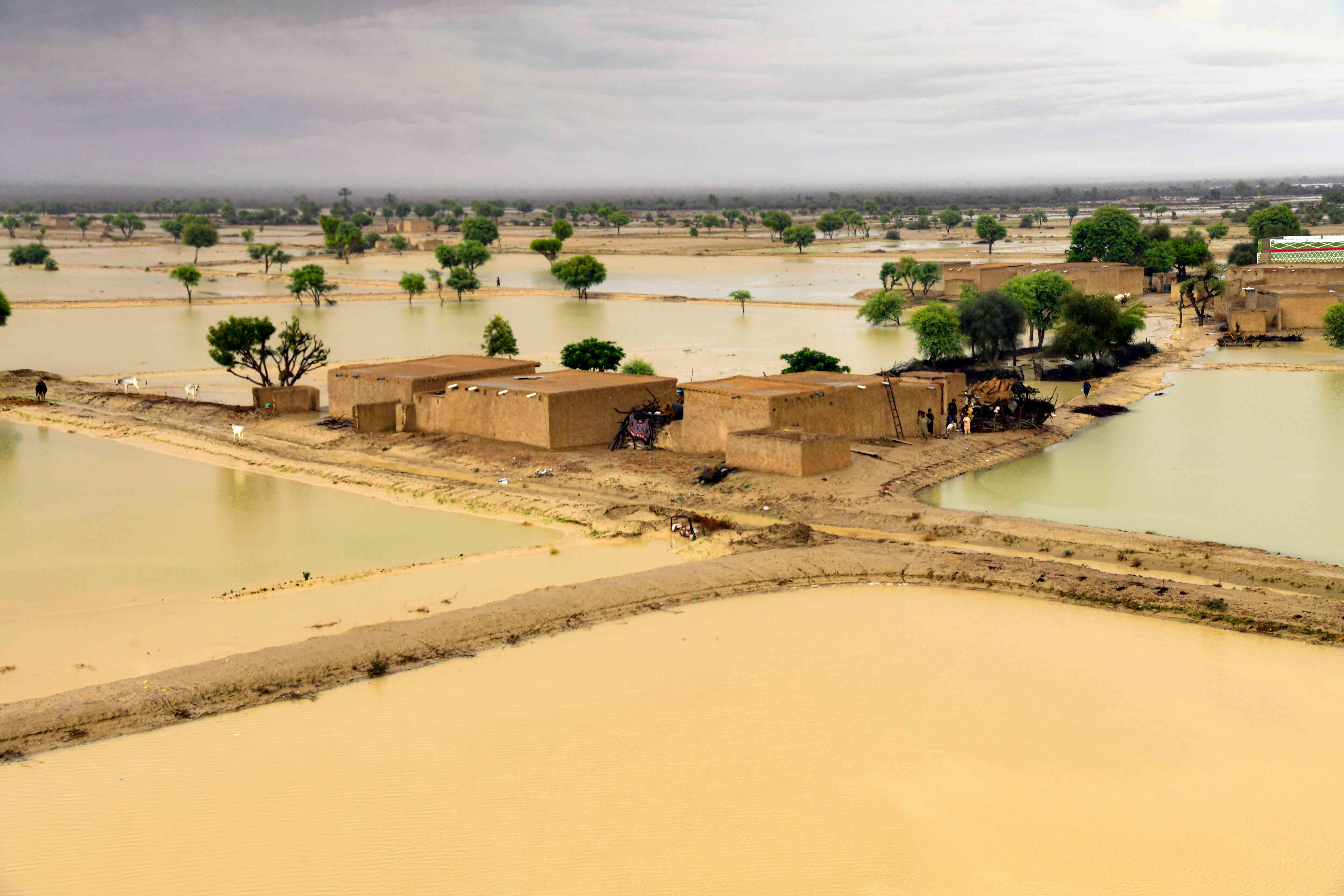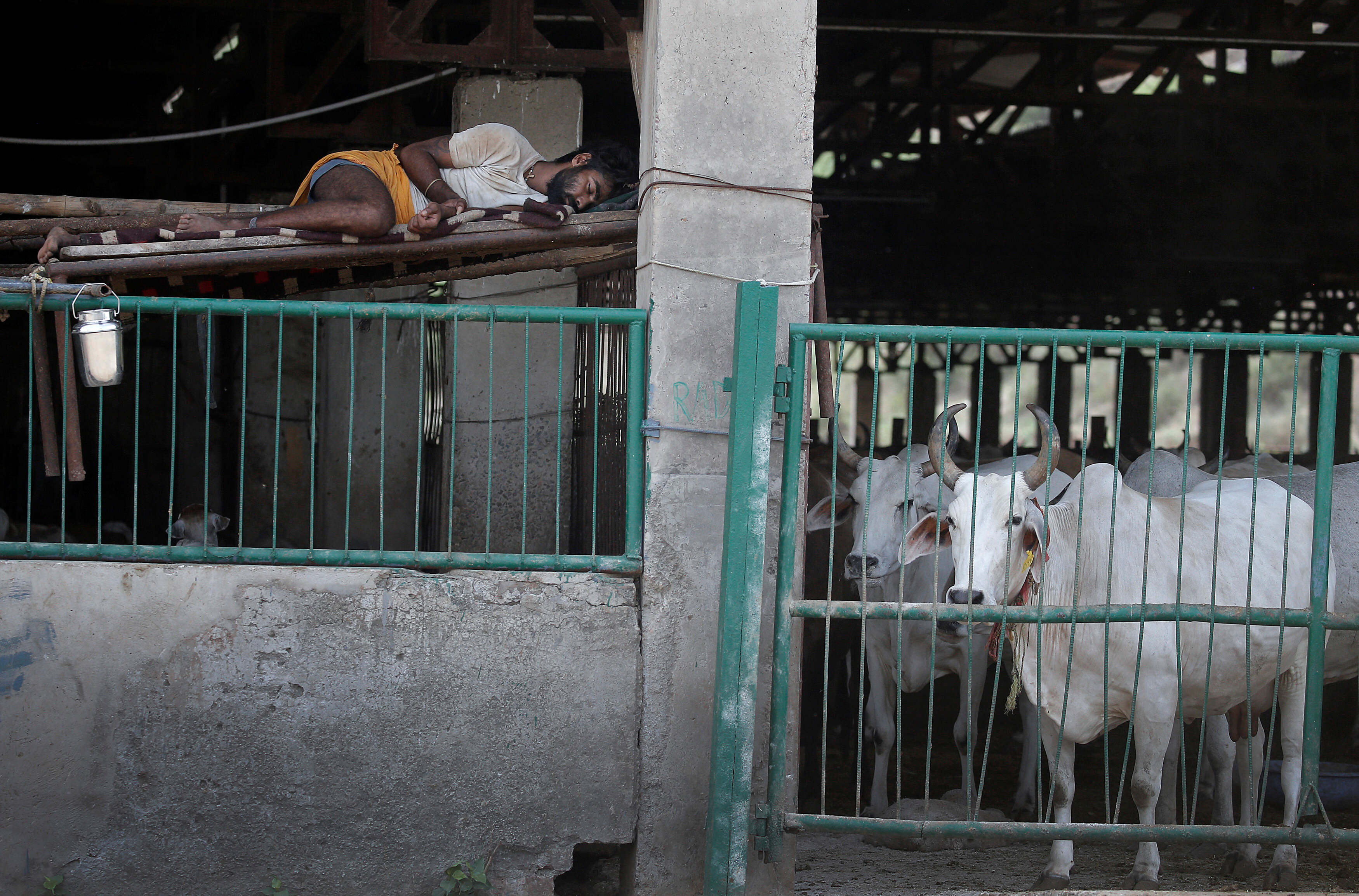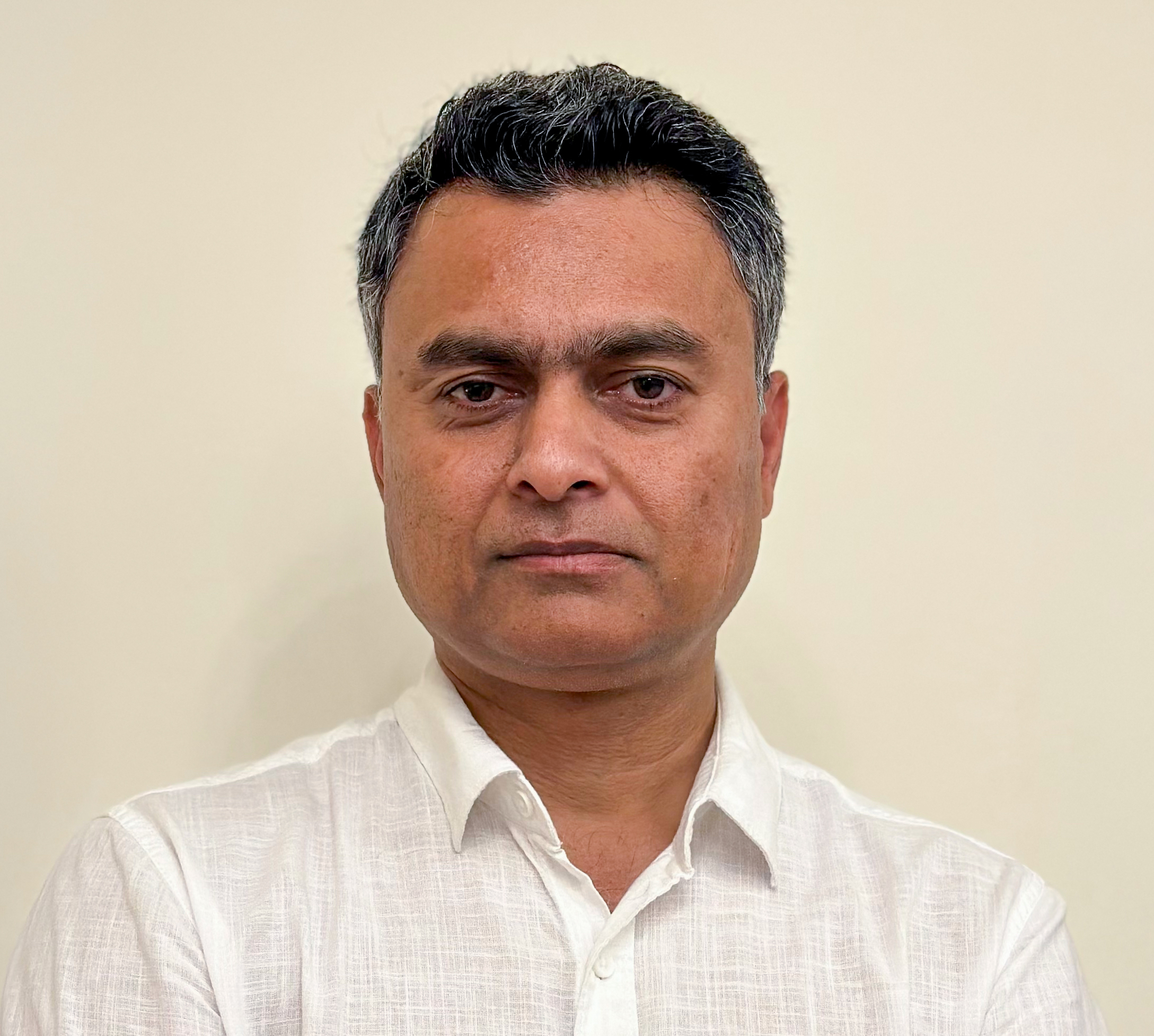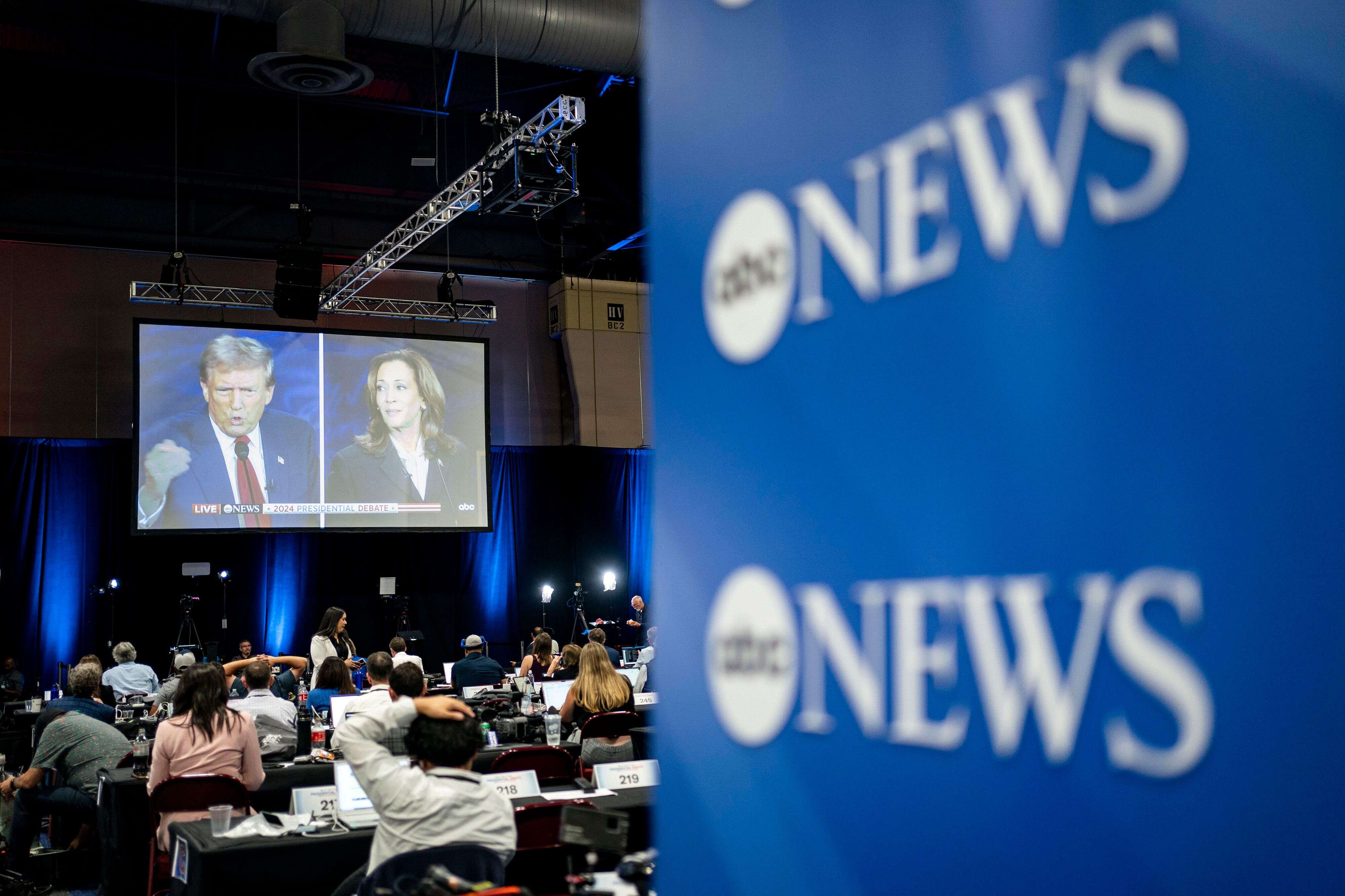في العقود الأخيرة، بُذلت جهود كبيرة في سبيل فهم "جغرافية الأخبار" التي تحدد أنماط المشاهدة في الدول التي تعدّ عنها التقارير الإخبارية، آخذة بعين الاعتبار تعليقات القراء كمؤشر جيد للاستدلال على ذلك التصور.
وفي هذه الدراسة، نقدم وجهة نظرٍ جديدة تعتمد على مجموعة بيانات مستمدة من تعليقات وملاحظات المستخدمين على مجموعة من المقالات الصحفية المنشورة في إحدى كبريات المؤسسات الإعلامية بمنطقة الشرق الأوسط، ونعني بها شبكة الجزيرة، وذلك بتتبع التعليقات الواردة من القراء التي تمكننا من معرفة المستخدم وعنوان بروتوكول الإنترنت (IP) الخاص به، وبالتالي معرفة الدول التي نُشرت فيها التعليقات.
يعتمد التحليل على مجموعة بيانات تتألف من أكثر من 20 ألف مقال وأكثر من مليوني تعليق وضعها 90 ألفاً من القراء المتميزين، مما يساعد في خلق رؤية متفردة للتفاعل بين المنتج للمحتوى والقارئ المتلقي له، كما توفر فرصة جيدة للتدقيق في المعلومات على نحو أفضل لاتخاذ القرارات في المجال الإعلامي.
المقدمة
على الرغم من طوفان الاتصالات الذي تشهده وسائل الإعلام الاجتماعي، فإن القنوات الإخبارية التقليدية لا تزال في مقدمة المصادر الرئيسية التي يعتمد عليها معظم الناس للحصول على المعلومات. وتفترض دراسات التغطية الإخبارية أن ما توفره وسائل الإعلام المحلية من أخبار دولية يساهم في تشكيل تصورات الأفراد حول الدول الأجنبية، حيث يسلَّم بأن وسائل الإعلام في كل مكان تهيمن عادة على تشكيل الرأي العام للجمهور بشكل يفوق غيرها، بجانب عوامل أخرى مثل الدبلوماسية، والعلاقات الاقتصادية في الخارج.. إلخ. وحتى إذا كانت هذه الاستنتاجات حول الأفراد صحيحة، فإنها تظل بحاجة إلى الاختبار للتحقق من جدواها.
ومع أنه بإمكان الباحثين جمع البيانات حول إنتاج الأخبار، فإن الأمر يغدو أكثر صعوبة حينما يتعلق بإيجاد معلومات واقعية حول استهلاك الأخبار، ذلك أن استطلاعات الرأي والمسوح الاستقصائية قدمتا خدمة في مجال نشر الوعي، ولكن لم تُقدَّم بيانات حول اهتمام القراء بأنواع محددة من الأخبار.
ومع أخذ هذه القيود بعين الاعتبار، يُطرح سؤال حول احتمال عدم التوافق بين مصالح صانعي المحتوى والمستهلكين: كيف يقرأ المواطنون الأخبار ويكوّنون نظرتهم وفهمهم للعالم؟ هل يعتمد هذا التصور في الواقع على كيفية إنتاج الصحفيين للأخبار؟
من المعروف وجود نزعة إقليمية قوية واضحة في الإنتاج الإعلامي، ومع ذلك فإن هذه الإقليمية لا تضمن أن يبدي القراء مزيداً من الاهتمام بالأحداث التي تجري في الدول القريبة من بلادهم. وتعتبر هذه الأسئلة وثيقة الصلة بشكلٍ كبير، حيث إن الاتجاه نحو عولمة الأخبار في وسائل الإعلام يجعل التحليل المنهجي أكثر إثارة للاهتمام، ففي الوقت الحاضر لم يعُد قراء شبكات الأخبار الرئيسية يتقيدون بالاهتمام بالأخبار المتعلقة ببلد واحد، بل بالأخبار الواردة من كافة أنحاء العالم.
ومن أجل التعامل مع الاستفسارات السابقة، استفدنا من مجموعة كبيرة من البيانات المنقّحة حول سلوك القراء.. ما نوعية الأخبار التي تقرؤها مختلف فئات القراء (من يقرأ ماذا)؟ ومن أين تأتي هذه الأخبار؟ بهدف الكشف عن تفاوت الاهتمام وتباينه بين القراء على مستويين:
(أ) التباين بين مستهلكي الأخبار من أجل معرفة الاهتمام المتبادل بين القراء من دولتين. وعلى هذا المستوى نتوقع أن التباين سيظهر بشكل وثيق بعد نمط التغطية الإخبارية الدولية، حيث يتركز اهتمام القراء على تلك الدول التي تستقطب تغطية واسعة للأخبار، دون وجود أدلة على مبدأ ضرورة تسليط الضوء على أخبار بلد القارئ.
(ب) التباين بين مستهلكي الأخبار ومزوِّديها، وهو تباين يوفر معلومات قيمة للمهنيين العاملين في مجال الأخبار حول سلوك وتوقعات الجمهور: إلى أي مدى يتوافق الجمهور مع الأخبار المقدَّمة؟ وللإجابة على هذه الأسئلة، شرعنا في بناء "شبكة الاهتمامات"، وربط دول القراء بالدول التي تتركز عليها التغطية الإخبارية. ويتيح لنا التحليل المنهجي للهيكل الناتج أن نقوم بفصل بعض الحقائق المثيرة للاهتمام، في ما يتعلق بـ"مستوى التنافر" بين مزودي الأخبار ومستهلكيها، ثم قمنا بعدها بقياس مستوى تغطية الأخبار الخاصة بكل دولة من حيث زيادتها أو نقصانها، وفقا لمستوى الاهتمام الذي تم تجميعه من القراء.
ومن خلال استخدام هذا الأسلوب، وإضافة بُعدٍ جديد وأساسي إلى دراسة التغطية الإعلامية الدولية، فإن الأمر يمهد الطريق لفهمٍ أكثر تفصيلا حول اهتمامات وسلوك الجمهور.
بعض النتائج
يُقاس اهتمام المستهلكين من خلال عدد المستخدمين الذين يعلّقون على مقالات منشورة حول الدولة التي تشملها التغطية الإخبارية. ويعتبر تعليق قراء الأخبار عملاً أكثر تفاعلاً، مقارنة بزوار الصفحة على الإنترنت. ومن الواضح أن المستخدم الذي يضع تعليقاً على مقال يعتبر أكثر مشاركةً وتفاعلاً مع مضمون المادة عن غيره ممن يتصفح المقال فقط. وبخلاف التعليق الذي ينشره المتصفح، يمثل سلوك التصفح مزيداً من النشاط اللاحق بسبب بعض العوامل الخارجية مثل وضع المقال على الموقع، والخطأ في النقر على المقال دون قصد.. إلخ.
من يبدي الاهتمام بالآخر؟
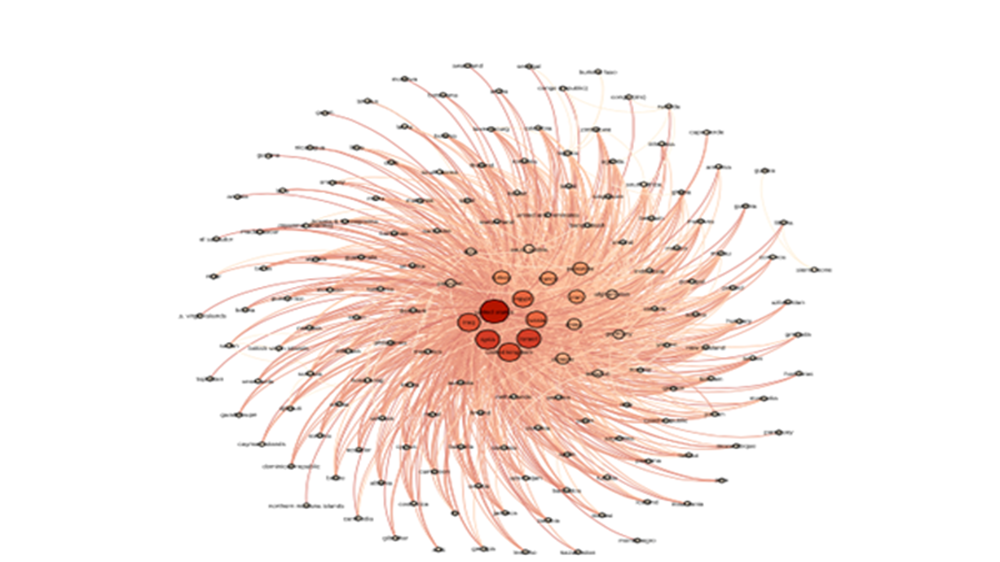
يمكن إبداء العديد من الملاحظات مثل:
(أ) لا تستحوذ كافة الدول على نفس القدر من الاهتمام، فقد ظهر بوضوح أن توزيع الاهتمام تحول باتجاه عدد قليل من الدول التي انصبَّ عليها معظم الاهتمام في الشبكة، وهي الولايات المتحدة و"إسرائيل" (فلسطين المحتلة) والمملكة المتحدة وسوريا والعراق وروسيا ومصر. وتلخص هذه القائمة من الدول -إلى حد كبيرـ العديد من الأحداث الرئيسية التي غطتها قناة الجزيرة في السنوات الثلاث الماضية، مثل الربيع العربي والحرب الأهلية في العراق والصراع الفلسطيني الإسرائيلي (الاحتلال الإسرائيلي لفلسطين).
كما أن الدول التي تحتل مركز الاهتمام -في قلب الشكل أعلاه- تحتفظ بالعديد من الروابط الخارجية ذات الاهتمام المتبادل، ولكن الدول التي تقبع في المحيط أو خارج منطقة الاهتمام لا تتبادل نفس الاهتمام مع القراء الذين يظهرون الاهتمام بالأحداث التي تقع فيها، أي أنها تبدي اهتماماً بدولٍ أخرى، بينما لا تبادلها تلك الدول نفس الاهتمام.
هنا قائمة بعشرة روابط تحتل أعلى مستويات الاهتمام: {الولايات المتحدة ? إسرائيل (فلسطين المحتلة)، كندا ? الولايات المتحدة، الولايات المتحدة ? سوريا، الولايات المتحدة ? العراق، الولايات المتحدة ? مصر، المملكة المتحدة ? الولايات المتحدة، الولايات المتحدة ? المملكة المتحدة، أستراليا ? الولايات المتحدة، الولايات المتحدة ? روسيا، الولايات المتحدة ? فلسطين}.
والأمر المثير للدهشة هو أن معظم الروابط ذات أعلى مستويات الاهتمام تتجه من الولايات المتحدة نحو الدول المختلفة في الدائرة الداخلية، وهذه ملاحظة ضرورية بالنسبة لمؤسسة إعلامية يقع مقرها في منطقة الشرق الأوسط. كما لاحظنا أن الدول تبدي اهتماما بالدول المجاورة لها تماماً، فعلى سبيل المثال نلاحظ أن الدولة التي تمنح قدراً أكبر من الاهتمام لدولة قطر هي جارتها دولة الإمارات العربية المتحدة. والملاحظة نفسها تنطبق على زيمبابوي وجنوب أفريقيا وكينيا والصومال واليابان وتايوان.
تباين المستهلك-المورد
إذا ركزنا على المقارنة بين الاستهلاك والاهتمام بالإنتاج الإخباري، فإننا نلاحظ أن الاتجاه العام لدولةٍ معينة يتمثل في قلة التعليقات الواردة منها بالمقارنة مع عدد المقالات الواردة حولها. وهذا أمرٌ مثير للدهشة خاصة بالنسبة لدولٍ مثل الهند والصين، اللتين تحظيان باهتمام كبير من منتجي الأخبار حيث تمثل الدولتان 30% من سكان العالم، وتحتلان المركزين الأول والثالث من اقتصاد العالم من حيث الناتج المحلي الإجمالي.
ويمكن للمرء أن يرى بسهولة أن تركيز مزودي الأخبار ومستهلكيها ينصب على منطقة الشرق الأوسط، التي تبدو أكثر تمثيلاً في الخارطتين أدناه. ومع هذا، يمكن ملاحظة أن دولا مثل مصر وإسرائيل (فلسطين المحتلة) وسوريا تستحوذ اهتماماً يفوق ما هو متوقع.
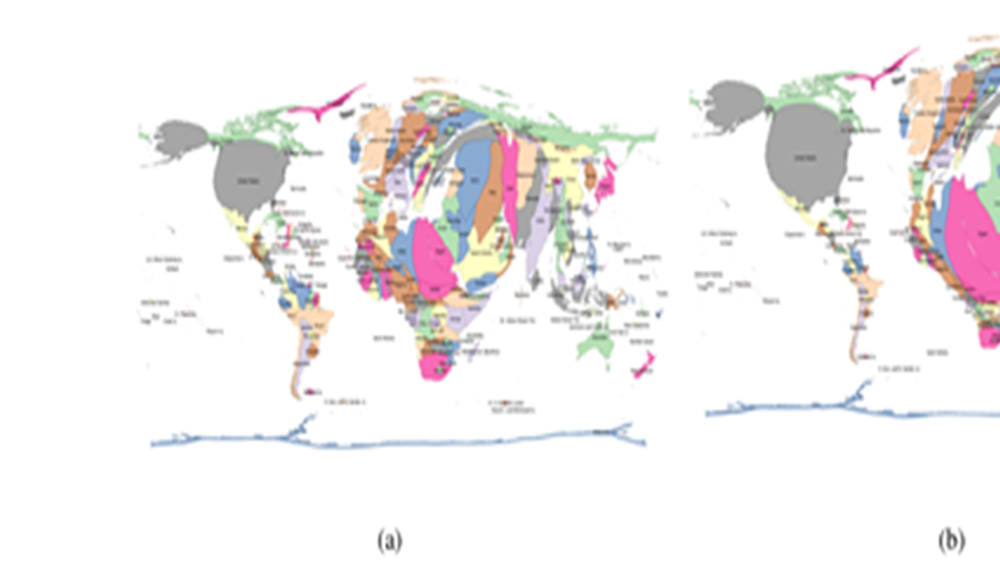
خاتمة
في هذه المساهمة ركزنا على طبقة جديدة من المعلومات تتسم بإمكانات كبيرة يمكن للصحفيين ومحللي البيانات الاستفادة منها. ويمكن استغلال الآثار الرقمية لجمهور شبكات وسائل الإعلام الاجتماعي ووجهات نظرهم على الإنترنت؛ للحصول على تفاصيل غير مسبوقة حول سلوك استهلاك الأخبار على مستوى المواد الإعلامية المنشورة.
وتشير النتائج التي توصلنا إليها إلى أن جمهور موقع Jazeera.com/aljazeera.net في كافة أنحاء العالم ينحاز بشدة نحو الدول التي تستقطب تغطية أوسع، وهذا يتناسب بشكل جيد مع الأبحاث السابقة حول دور وسائل الإعلام باعتبارها فاعلا رئيسيا في قيادة وتشكيل الرأي العام. إلا أننا كشفنا عن عدم التماثل بين مزودي الأخبار ومستهلكيها والمتلقين لها (الدول التي تحتل أعلى مستويات المتابعة والاهتمام من قبل الجمهور أكبر عدداً من تلك التي يتم نشر الأخبار عنها، والعكس بالعكس)، وهذا يمهد الطريق لرؤية جديدة في ما يتعلق باتخاذ قرارات بشأن شبكات وسائل الإعلام، في إطار السعي نحو ضبط أو تطوير محتوى محدد ضمن جدول أعمالها.
شارك في إعداد الدراسة
سفيان عبار، جايسون آن، هايوون كواك، خافيير برخ هلثوفر


















